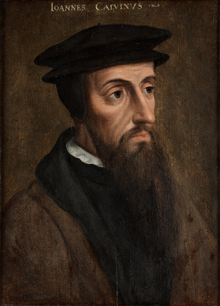Paul the Apostle
St Paul , a
c. 1611 portrait by
Rubens Born Saul of Tarsusc. 5 AD Tarsus , Cilicia , Roman Empire Died c. 64/65 AD Rome , Italia , Roman EmpireVenerated in All Christian denominations that venerate saints Canonized Pre-Congregation Major shrine Basilica of Saint Paul Outside the Walls , Rome , ItalyFeast Attributes Christian martyrdom , sword , bookPatronage Missionaries, theologians, evangelists , and Gentile Christians Theology career Education School of Gamaliel [ 5] Occupation(s) Christian missionary and preacherNotable work Theological work Era Apostolic Age Language Koine Greek Tradition or movement Pauline Christianity Main interests Torah , Christology , eschatology , soteriology , ecclesiology Notable ideas Pauline privilege , Law of Christ , Holy Spirit , unknown God , divinity of Jesus , thorn in the flesh , Pauline mysticism , biblical inspiration , supersessionism , non-circumcision , salvation
Paul the Apostle
St Paul , a
c. 1611 portrait by
Rubens Born Saul of Tarsusc. 5 AD Tarsus , Cilicia , Roman Empire Died c. 64/65 AD Rome , Italia , Roman EmpireVenerated in All Christian denominations that venerate saints Canonized Pre-Congregation Major shrine Basilica of Saint Paul Outside the Walls , Rome , ItalyFeast Attributes Christian martyrdom , sword , bookPatronage Missionaries, theologians, evangelists , and Gentile Christians Theology career Education School of Gamaliel [ 7] Occupation(s) Christian missionary and preacherNotable work Theological work Era Apostolic Age Language Koine Greek Tradition or movement Pauline Christianity Main interests Torah , Christology , eschatology , soteriology , ecclesiology Notable ideas Pauline privilege , Law of Christ , Holy Spirit , unknown God , divinity of Jesus , thorn in the flesh , Pauline mysticism , biblical inspiration , supersessionism , non-circumcision , salvation


